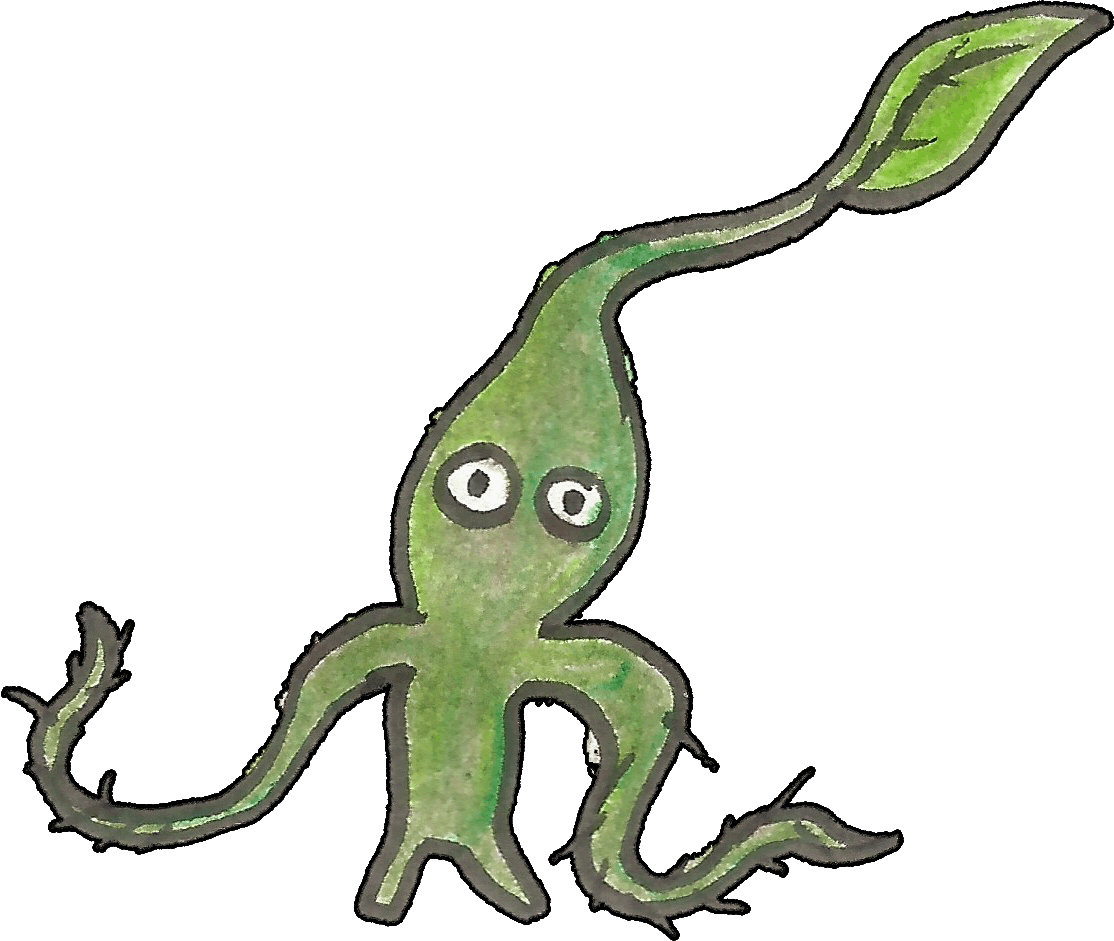

It’s not very complicated, but it is engaging in its simplicity. You only have a finite number of Pikmin, so you need to be careful with their lives or else you’ll end up wasting time working to raise their numbers again. The strategy comes from which type of Pikmin to deploy in each situation, while also maintaining your Pikmin population. Reds are immune to fire and are strongest in battle, yellows can be thrown higher and can use bombs, and blues can breathe underwater. You have three types of Pikmin: red, yellow, and blue. StarCraft) Pikmin had significantly fewer mechanics to keep track of. So what made Pikmin so original? While other real-time strategy games could be incredibly complex and intimidating to newcomers (i.e. It even won numerous awards, including Game Critics Awards’ Best Puzzle/Trivia/Parlor Game at E3 2001 and a BAFTA (British Academy of Film and Television Arts) Interactive Entertainment Award for Interactivity in 2002. The game was lauded for its original, accessible approach to real-time strategy, as well as its graphics, sound, and blend of exploration and puzzle-solving. The game received universal acclaim, with the original version currently holding an 89/100 on Metacritic. The original Pikmin was first released in 2001 for the Nintendo GameCube. In this blog post I’m going to compare the two games and what makes them different, as well as consider why those changes were made, and how successful they were. Where the first game centers on time-management, the second mostly ditches that in favor of combat-centered challenges. The overlying goal is the same (namely using little creatures called Pikmin to defeat enemies and bring collectibles back to your ship), but what is expected of the player is radically different. After replaying Pikmin 1 and 2 for the first time in seven and four years, respectively, I was struck by how vastly different the two games are despite sharing nearly all of the same basic mechanics.


 0 kommentar(er)
0 kommentar(er)
